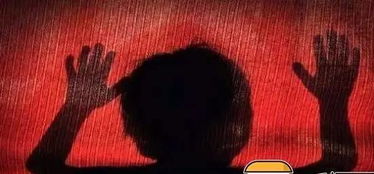
Brown Recluse Bite Stages: A Detailed Look
Understanding the brown recluse spider bite stages is crucial for anyone living in or visiting areas where these spiders are commonly found. The brown recluse, also known as the fiddleback spider, is native to the southeastern United States and parts of Central and South America. Known for their venomous bite, these spiders can cause severe reactions in some individuals. Let’s delve into the various stages of a brown recluse bite and what they look like.
Identifying the Spider

Before we can discuss the bite stages, it’s essential to be able to identify the brown recluse spider. These spiders are typically about 1/4 to 1/2 inch long and have a dark brown to black body with a distinctive light brown or yellow violin-shaped marking on the back. They are often found in undisturbed areas such as basements, crawl spaces, and garages.
The Bite

A brown recluse bite is usually painless at first. The spider injects venom through its fangs, which can cause tissue damage and lead to a severe reaction in some people. The bite may not be noticed immediately, as it can be as small as a pinprick.
The Immediate Bite Stage

After the bite, the venom begins to work on the tissue. The immediate bite stage, which can last for a few hours, may show no visible signs. However, some individuals may experience mild pain or itching at the bite site.
The Localized Reaction Stage
Within 8 to 12 hours after the bite, the localized reaction stage begins. This stage is characterized by the development of a red, raised area around the bite site. The skin may become firm and warm to the touch. In some cases, a blister may form at the bite site.
| Signs of Localized Reaction | Description |
|---|---|
| Redness | A red, raised area around the bite site |
| Firmness | The skin may feel firm and warm to the touch |
| Blisters | In some cases, a blister may form at the bite site |
The Systemic Reaction Stage
Some individuals may experience a systemic reaction, which can occur within 24 to 48 hours after the bite. This stage is more severe and can lead to serious health complications. Symptoms may include fever, chills, nausea, vomiting, and muscle pain. In rare cases, the systemic reaction can lead to a condition called necrotizing fasciitis, which is a serious infection that can cause tissue death.
The Healing Stage
After the systemic reaction has subsided, the healing stage begins. The skin may become necrotic, meaning it will die and fall off. This process can take several weeks to months. During this time, the wound may be painful and may require medical attention to prevent infection.
Preventing Brown Recluse Bites
Preventing brown recluse bites is the best way to avoid complications. Here are some tips to help you reduce your risk:
- Keep your home clean and clutter-free to reduce hiding spots for spiders.
- Seal cracks and crevices in your home to prevent spiders from entering.
- Inspect your clothing and bedding before use, especially if they have been stored in an undisturbed area.
- Be cautious when handling items found in undisturbed areas, such as basements or crawl spaces.
Understanding the brown recluse bite stages can help you recognize the signs of a bite and seek medical attention if necessary. Remember, while most people will experience only mild symptoms, some may require medical treatment to manage the bite’s effects.



